BMW iX2 xDrive 30 real life range test
The BMW X2 is a sporty little SUV-coupe, which recently entered its second generation, getting bigger and better. The grown-up iX2 is the electric version of the regular X2 and while their style is polarizing they do share many luxury features with the bigger BMW models. The BMW iX2 has a distinct look, while also offering many practicalities to serve your daily commutes.

Our detailed review of the BMW iX2 xDrive30 is coming soon, but now we’ll focus on its range in the real world. Its shape and size suggest reasonable efficiency, so the 64.8 kWh usable battery capacity should provide decent range.
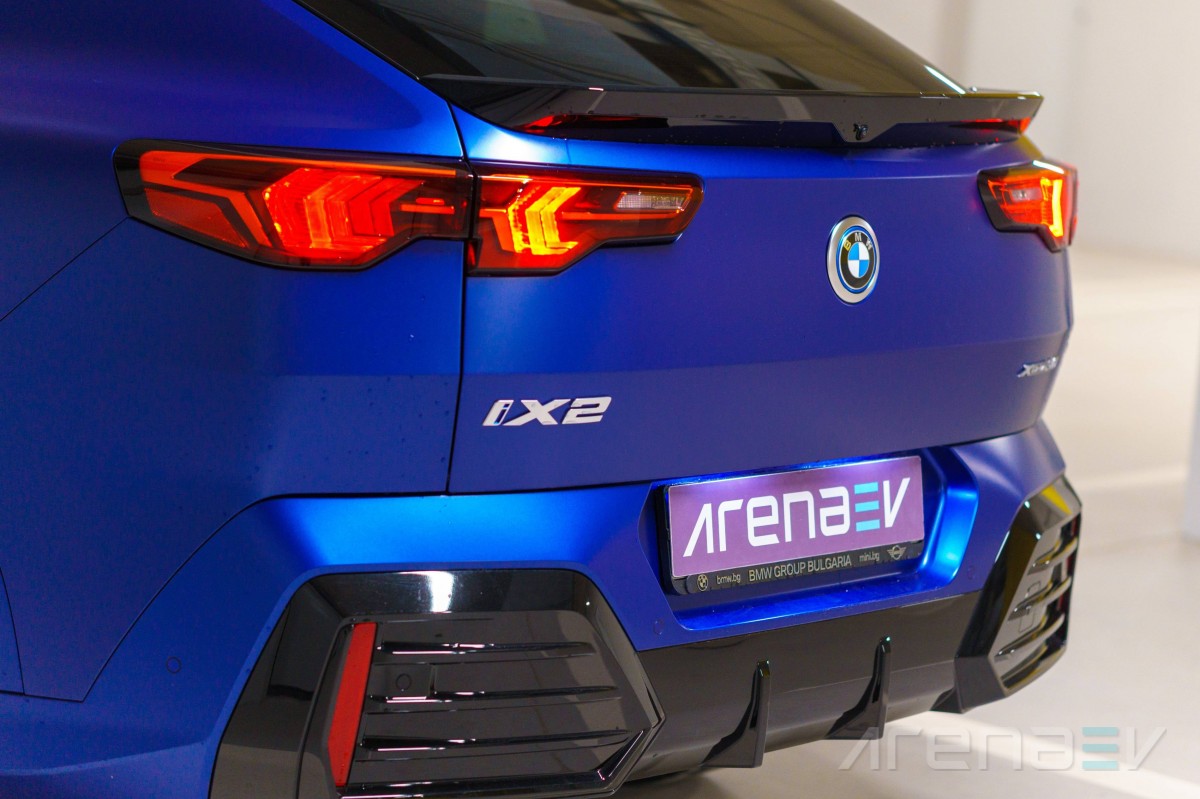
We drove our usual test routes, doing the same track both ways at constant speeds at the same place as with every other car we test. The ambient temperature while testing the iX2 was 20°C, which is absolutely perfect, meaning the compact BMW gets a bit of a bonus in its end results.
At our lowest testing speed of 37 mph the BMW iX2 demonstrates great efficiency. It rivals much smaller models that offer a lot less tech in the cabin. This means that the energy consumption of its on-board technology is minimal and the energy flow primarily goes to powering all four wheels.
When we sped up to 56 mph the iX2 kept its great efficiency. Despite its large 20-inch wheels and all-wheel drive, it ties smaller single-motor models in consumption, delivering excellent range.
At the highest testing speed of 81 mph the results of the iX2 xDrive30 are not quite as impressive, yet still good. The car is tall, which takes its toll at highway speeds, but even so the iX2 rivals single-motor vehicles and shows greater efficiency than every other all-wheel drive SUV competitor.
The BMW iX2 xDrive30's efficiency is commendable and the small SUV-coupe can comfortably travel longer distances without having to constantly stop for charging. Combined with its 130 kW charging support that lets you fill from 10% to 80% in 29 minutes that makes it a great fit for longer trips.
We now suggest you use the widget below to find out the iX2’s range in every combination of speed and temperature you might need. We've used our real world tests and a complex model to provide an estimate that should be as close to the actual performance as possible.
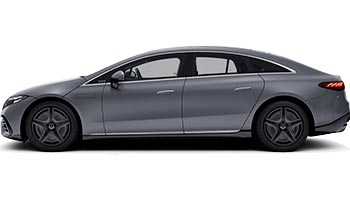

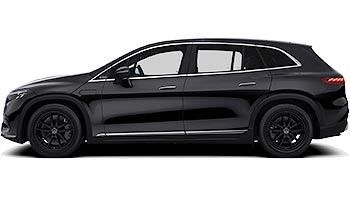
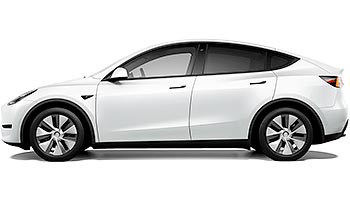
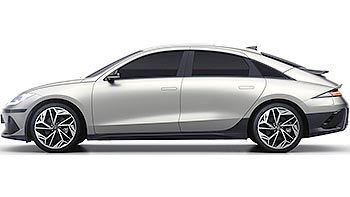
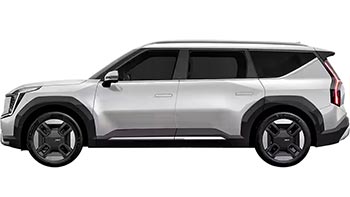
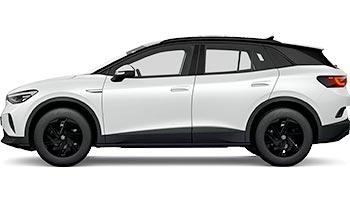
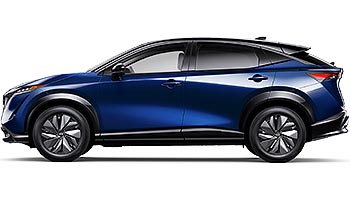
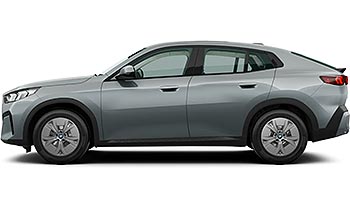
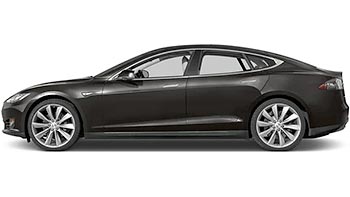
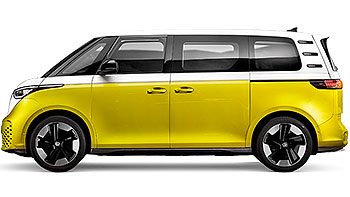
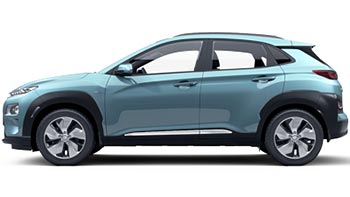
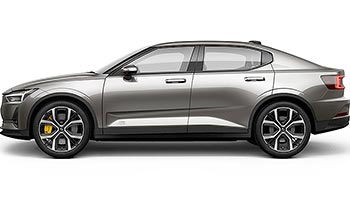
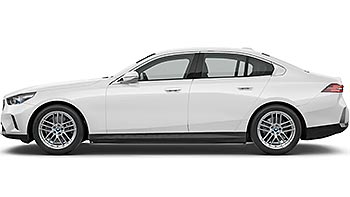
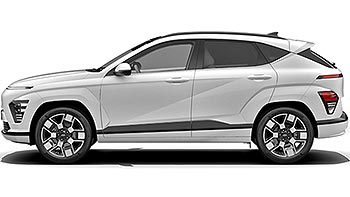
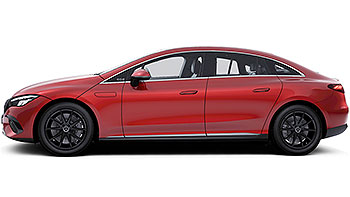
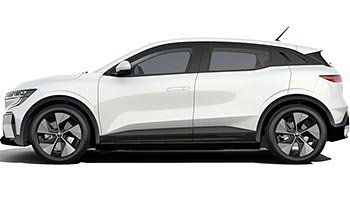
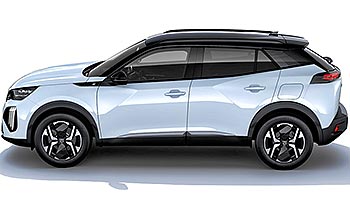
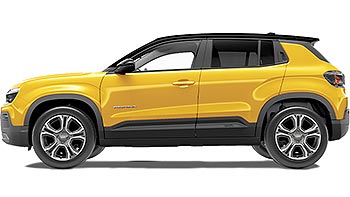
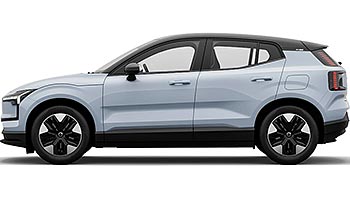
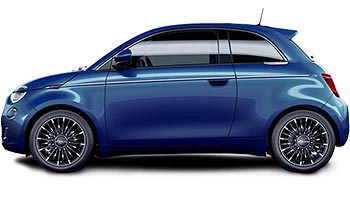





Facebook
Twitter
Instagram
RSS
Settings
Log in I forgot my password Sign up